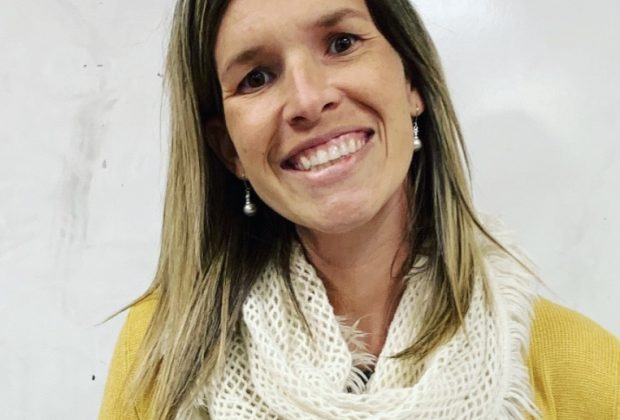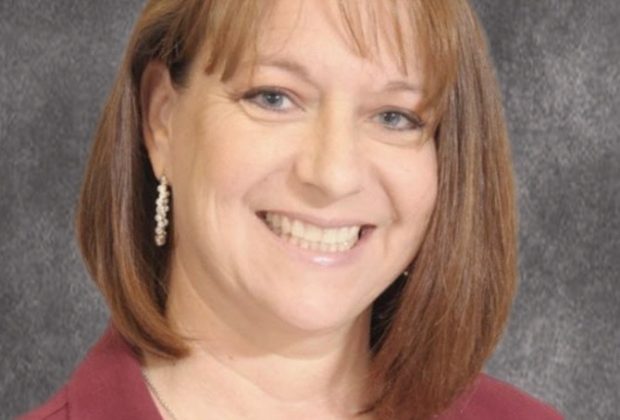Pressing onward: teachers, students and parents adjust to long-distance learning
By Wesley Gardner
LPR Editor
Teachers, parents and students throughout the Lockhart school district are learning on the fly many of the difficulties and benefits resulting from the district’s recent switch to distance learning.
Many of the challenges teachers are facing are universal throughout the district, though several are unique to their respective grade levels.
Last Month, the Lockhart school district Board of Trustees approved a measure that will provide internet access to every student in the district, but many of the students affected won’t gain access until after the school year is over. The district has offered paper-based options for these students, but some have been unresponsive.
For the students who are participating, the switch has allowed for continued learning opportunities to help keep their minds busy through the end of the school year.
Plum Creek Elementary
For Megan Jones, first grade teacher at Plum Creek Elementary, the switch to a digital learning format has made lesson planning a more difficult endeavor.
“It’s very time consuming because you’re not just saying it verbally to [students],” said Jones. “You’re recording it in a program or making phone calls and things that like.
“When you’re planning different online activities, or trying to make them accessible to the kids, or thinking about what materials and resources they have at home, it’s definitely taking a lot longer.”
As an elementary school teacher, Jones is able to hold video conference with her students, something junior high and high school officials opted against to reduce the opportunity for inappropriate interruptions during instruction.
Jones offers digital learning sessions twice a day on Tuesdays and Thursdays for student to attend, depending on their availability.
“I have a mini lesson that I cover, and I try to read a book to them during that time,” Jones said, noting students are assigned related problems from their workbooks. “Then, it’s just giving the kids time to ask questions.”
Jones said she also makes herself available to students and parents needing specific help through one-on-one video chats or phone calls. Jones noted that early on, many of her students’ parents struggled with the new digital setting.
“I know during the first week, I met with a few parents who were very stressed and overwhelmed,” said Jones. “I would reassure them that we’re going to get through this.
“This is new to everybody. There’s no way they could try and recreate the classroom environment at home. There’s just no way.”
While she’s happy with still being able to see her student’s faces and speak with them directly, Jones said it’s still been difficult adjusting to teaching outside the classroom.
“[First graders] are a hands-on group,” Jones said. “They need to be able to touch stuff and see stuff.
“When you’re with those ‘firsties,’ you’re constantly moving and changing, so online learning isn’t the best way for them to learn, but we’re trying to make sure they’re getting the best they can in this completely strange time.”
Jones said that while the learning curve has been steep for everyone involved, it’s taught her that she and her fellow teachers are prepared to take on anything.
“I’ve learned a whole lot about myself and how resilient teachers are and how adaptable we are to every situation,” Jones said, touting the district’s overall response to the outbreak. “We took something that we didn’t really sign up for and turned it into something that’s doable for everyone.”
Lockhart Junior High School
For Avri DiPietro, sixth grade science teacher and current Lockhart Junior High School Teacher of the Year, the switch to teaching from home has been a bit chaotic. Her husband is also working from her home and she has two children under the age of four. Still, she’s doing everything she can to make herself available to her to students.
“Being teachers, you work even on the weekends,” said DiPietro. “With distance learning, I think that’s even more so.
“Some of the kids aren’t doing their work until the weekend, so I’m not getting students asking for help until Saturday evening. I’m kind of just going with the flow whenever they need me, just trying to be available.”
DiPietro said she and her fellow science teachers take turns recording 10-to-15-minute virtual lessons that are submitted to students on Mondays, Wednesdays and Fridays, along with assignments pertaining to the lessons.
On Tuesdays and Thursdays, DiPietro offers students who’d like to participate the opportunity to join in online learning games that allow them to compete against each other directly without any personal interaction.
DiPietro noted the last game students played was a zombie versus humans battle where each side was required to answer questions about cell theory and other characteristics of organisms to defeat the other.
According to DiPietro, about 50 percent of her 160 students participate in online learning, while roughly 25 percent complete paper-based assignments.
“There’s still a chunk of kiddos that we are as a whole at the school are still trying to reach,” said DiPietro. “I have parents that have four other siblings at home.
“I talked to a parent who works 12 hours a day, so it’s hard because when I’m calling them asking about schoolwork, there’s bigger issues out there right now. Parents are trying to survive and be there for their kiddos.”
For parents who have been able to participate, DiPietro said communication has been key in strengthening student learning.
“I have some parents that are really on board,” said DiPietro. “They think it’s really great.
“Then there are some, too, who are getting used to the adjustment. Some kids are telling their parents that they’re completing their work, and I’m letting parents know that they’re not completing as much of their work as they’re letting on.”
DiPietro said these conversations have generally led to greater student participations.
While most of her students have reacted well to the transition to distance learning, DiPietro said it was still challenging not being there with them in the classroom.
“It’s difficult because I know that some of the kids that do need my help aren’t able to get it from me,” DiPietro said. “Some of them don’t know how to message me and they don’t have their parents there or their grandparents there with them to ask them questions, so I’m missing out on that. I’m not able to reach them like I’d like to.”
DiPietro said it was a learning curve students, parents and teachers throughout the district were adjusting to together, and she touted district leadership’s response to unprecedented changes.
“I was so impressed recently with [the school board] approving and getting internet access for all the students,” said DiPietro. “I think they always have huge goals in mind for their students and the community.
“I’m glad to be a part of it.”
Lockhart High School
Suzanne Maiorka, math team leader and this year’s Lockhart High School Teacher of the Year, has found both positive and negative aspects in distance learning.
On Mondays, Maiorka sends out newsletters to students and parents outlining what will be taught that week, something she’d already been doing throughout the school year. Students then have a week to complete their assignments and turn them in the following Monday.
“I am answering questions all day as the kids are working,” said Maiorka. “Kids that are struggling will send me emails, so I can give them feedback.
“I’ll work out [the problem] on a piece of paper and send them a screen shot giving them hints, telling them this is what you might want to try.”
Maiorka said Tuesdays and Thursdays are set aside for students to reach out with questions, but she’ll always help a student in need of assistance.
“I’m available 24-7,” she said. “I’m always answering my phone.”
According to Maiorka, about 70 percent of her students are currently participating in online and paper-based learning.
“I haven’t heard from a few of them, which is disheartening from a teacher’s point of view,” Maiorka said.
Maiorka noted the most difficult aspect of distance learning has been the inability to work with her students in person.
“Normally, we would give assignments in person and do notes in person and activities, and I could check them as we were working out a problem instead of waiting for them to do the whole thing and send me the assignment,” said Maiorka. “I could give them immediate feedback.
“I really miss being able to interact with those kids and encourage them when they’re doing it right. It’s hard to not be able to encourage your kids. It’s very difficult … When they’re not doing their work, you can usually interact with them and know that they’re having a bad day or there are struggles at home. Not getting that feedback that I can observe readily is very difficult because I don’t know how to approach them.”
Despite these challenges, Mairoka said she felt like distance learning suited some of her students well.
“With lot of the kids, I feel like they really thrive in this situation, because they can do it on their own timeline,” said Maiorka. “We’re not giving them as much work as we would on a normal basis.
“Each teacher is giving out about an hour and a half of work a week, so that’s about 12 hours total. That’s something doable. It’s not overwhelming. I know [these students] have a lot going on besides school, and just emotionally.”
Maiorka noted that due to this semester’s reduced workload, teachers will likely spend additional time at the beginning of next year reteaching important math concepts that often serve as building blocks for more advanced courses.
“Most school years, you have to review the first few weeks anyway because kids forget over the summer,” Maiorka said. “Instead of reviewing for a couple of weeks, we may end up reviewing for a few extra weeks.
“We’ll get that stuff put into place at the beginning of the school year, so they don’t get behind and they know what they’re doing going into the next one.”




